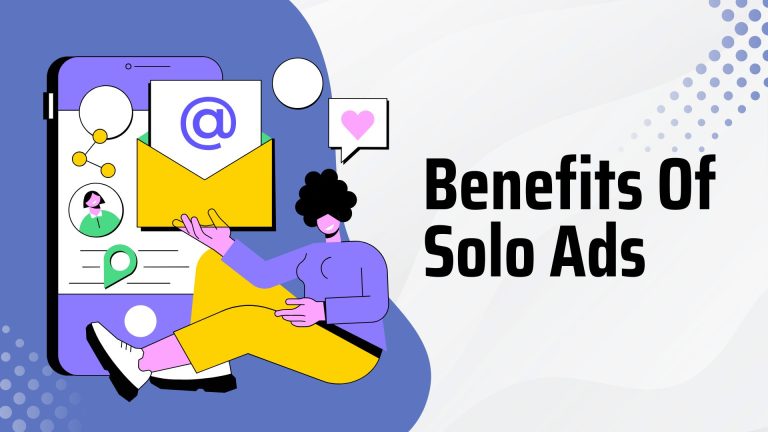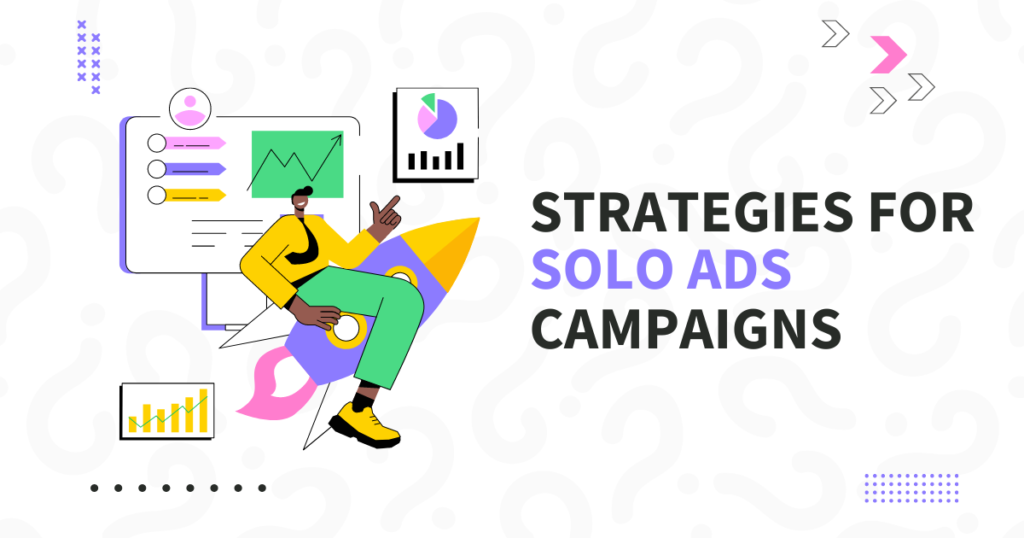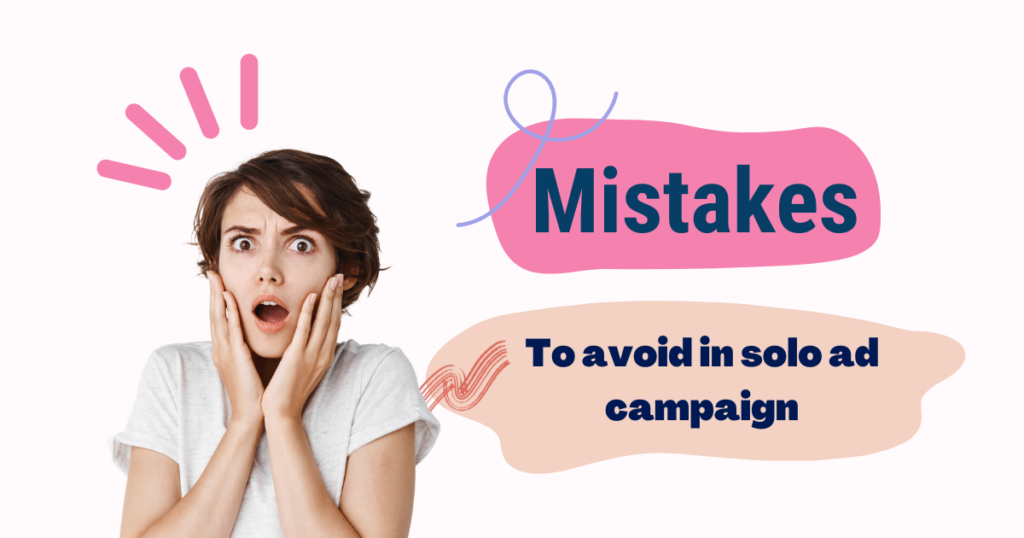Solo ads have become a popular marketing tool for businesses looking to expand their reach and attract new customers. In today’s digital age, where competition is fierce and attention spans are short, finding effective ways to connect with potential customers is crucial. One such method gaining traction is the use of solo ads.
Table of Contents
Introduction to Solo Ads
What are Solo Ads?
Solo ads are a form of email marketing where businesses pay a fee to leverage another person’s email list to promote their products or services. Unlike traditional email marketing campaigns where businesses send emails to their own subscribers, solo ads involve reaching out to a new audience through someone else’s mailing list.
Why are Solo Ads Popular Among Businesses?
Solo ads offer several advantages for businesses, including access to a targeted audience, cost-effectiveness, and the potential for quick results. By partnering with someone who already has a sizable email list within their niche, businesses can bypass the lengthy process of building their own subscriber base and instead connect with potential customers instantly.
Understanding the Mechanics of Solo Ads
How do Solo Ads Work?
The mechanics of solo ads are relatively straightforward. Once a business identifies a solo ad provider whose audience aligns with their target market, they negotiate a fee for sending out their promotional email to that provider’s subscribers. The solo ad provider then sends the email on behalf of the business, typically containing a persuasive message and a call to action directing recipients to the business’s website or landing page.
Types of Solo Ads
There are two primary types of solo ads: clicks solo ads and conversions solo ads. Clicks solo ads focus on driving traffic to a specific webpage, while conversions solo ads prioritize generating leads or sales directly from the email campaign.
Benefits of Using Solo Ads for Businesses

Targeted Audience
One of the biggest advantages of solo ads is the ability to target a highly specific audience. Since solo ad providers typically specialize in a particular niche, businesses can ensure that their promotional messages are reaching individuals who are already interested in products or services similar to their own.
Cost-effectiveness
Compared to other forms of advertising, solo ads can be relatively affordable, especially for businesses with limited marketing budgets. Instead of paying for impressions or clicks that may or may not lead to conversions, businesses only pay for the number of emails sent out, making solo ads a cost-effective option for reaching a large audience quickly.
Quick Results
Unlike some marketing strategies that require time to build momentum and see results, solo ads can deliver almost instant feedback. Once the email campaign is sent out, businesses can track metrics such as open rates, click-through rates, and conversion rates in real time, allowing them to make adjustments on the fly to optimize their campaigns for maximum effectiveness.
Strategies for Effective Solo Ad Campaigns

Crafting Compelling Ad Copy
The success of a solo ad campaign hinges largely on the quality of the ad copy. Businesses must create attention-grabbing subject lines and persuasive body content that entices recipients to take action. By highlighting the benefits of their products or services and incorporating a clear call-to-action, businesses can increase the likelihood of conversion.
Choosing the Right Solo Ad Provider
Not all solo ad providers are created equal, so businesses need to do their research before committing to a partnership. Businesses should look for solo ad providers with a proven track record of delivering high-quality leads and conversions within their industry. Additionally, businesses should verify the integrity of the provider’s email list to ensure that recipients are legitimate and engaged.
Tracking and Analyzing Results
To gauge the success of their solo ad campaigns, businesses must track and analyze key metrics such as open rates, click-through rates, and conversion rates. By monitoring these metrics closely, businesses can identify areas for improvement and make data-driven decisions to optimize their future campaigns for better results.
Common Mistakes to Avoid When Using Solo Ads

Ignoring Targeting Criteria
One common mistake businesses make when using solo ads is failing to specify their targeting criteria effectively. Without clearly defining the demographics, interests, and behaviors of their target audience, businesses risk reaching individuals who have little to no interest in their products or services, resulting in low engagement and poor conversion rates.
Overlooking the Importance of Ad Copy
Another mistake businesses make is underestimating the power of persuasive ad copy. No matter how targeted the audience or how reputable the solo ad provider, if the ad copy fails to resonate with recipients and compel them to take action, the campaign is unlikely to achieve the desired results.
Neglecting to Track and Optimize Campaigns
Finally, businesses must avoid the pitfall of launching solo ad campaigns without a plan for tracking and optimization. Without monitoring key performance indicators and making adjustments based on real-time data, businesses risk wasting valuable resources on ineffective campaigns that fail to deliver a positive return
Conclusion
In conclusion, solo ads offer businesses a powerful and cost-effective way to reach a targeted audience quickly and efficiently. By crafting compelling ad copy, choosing the right solo ad provider, and tracking and analyzing results, businesses can maximize the effectiveness of their solo ad campaigns and drive meaningful results for their bottom line.